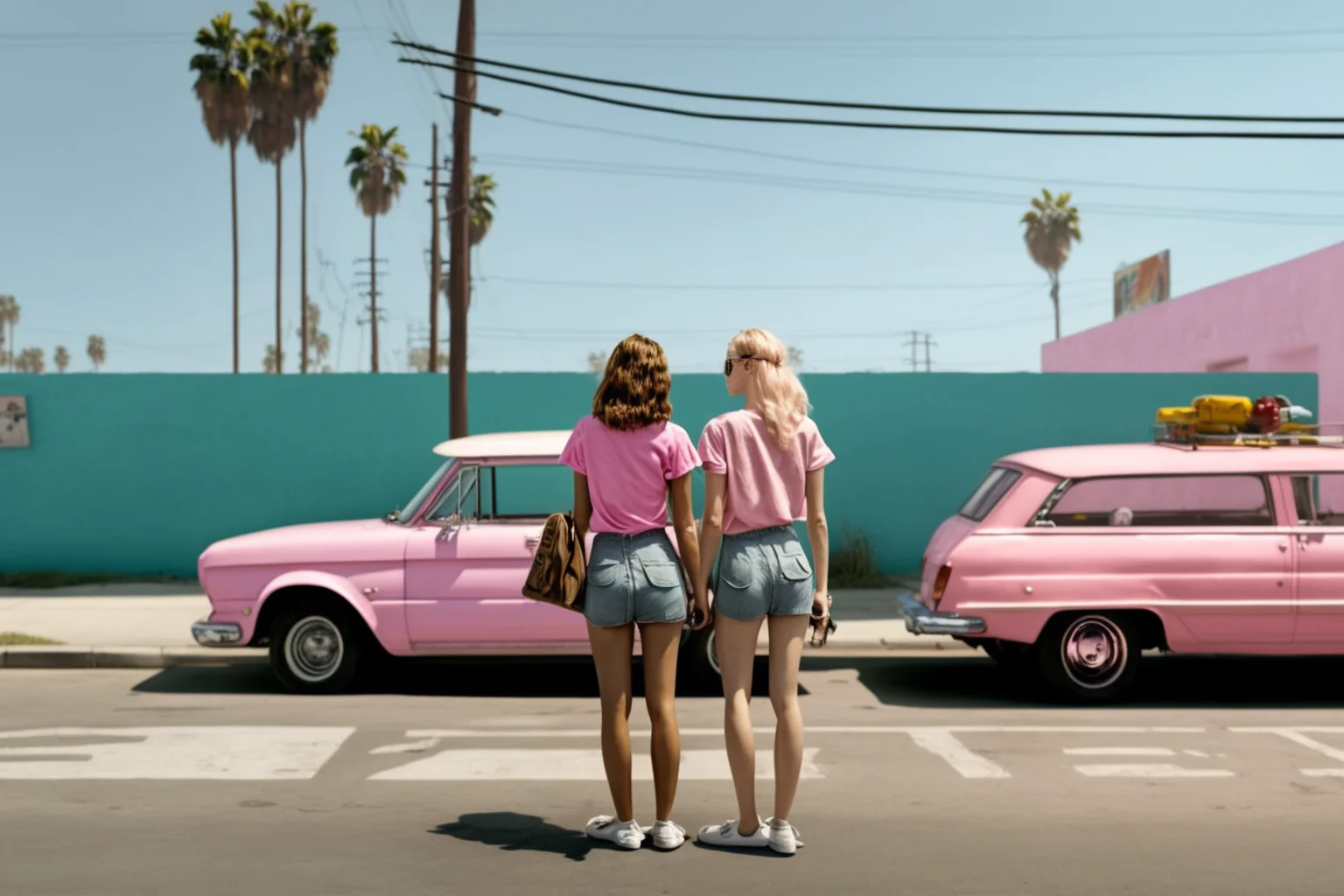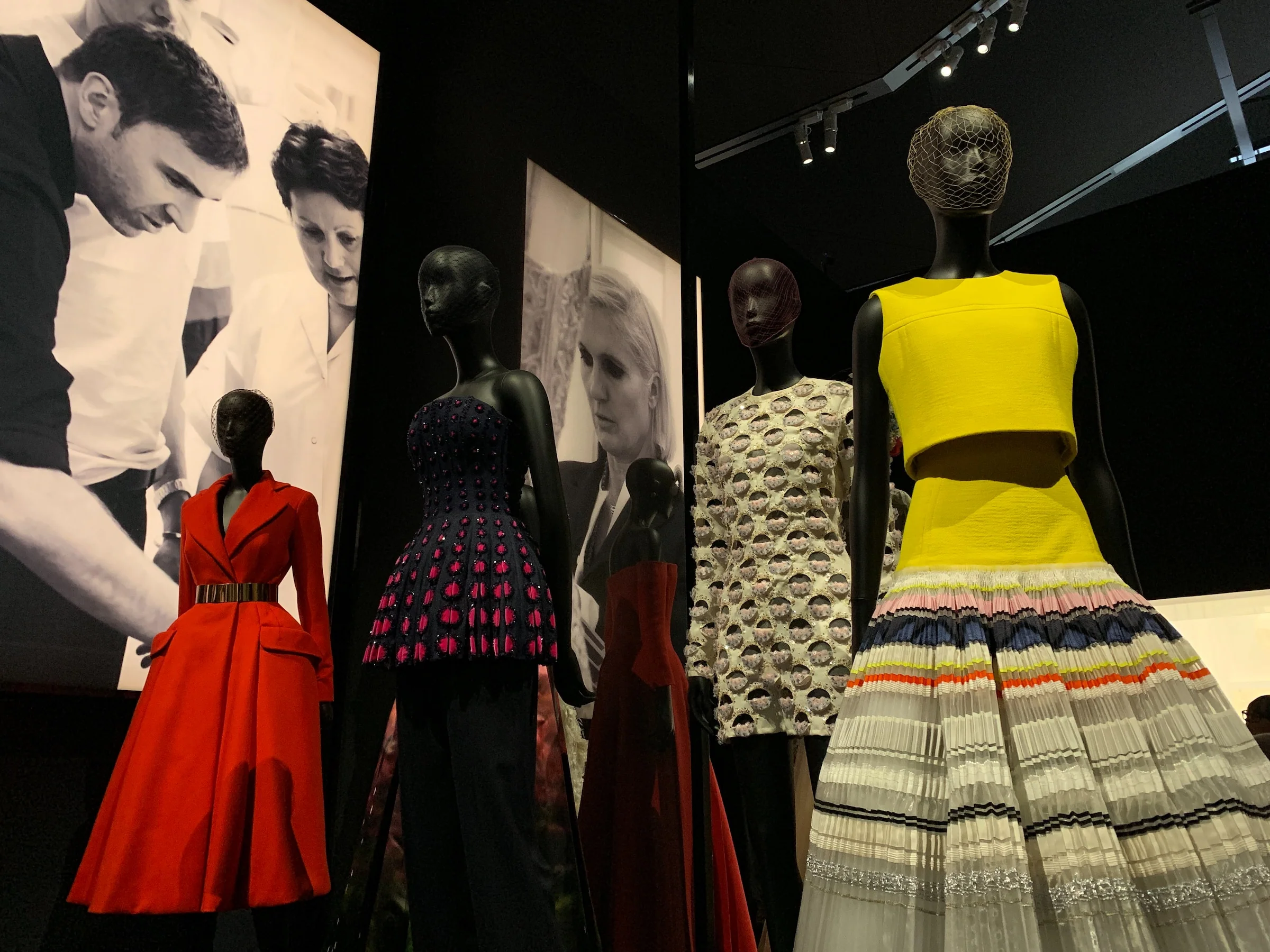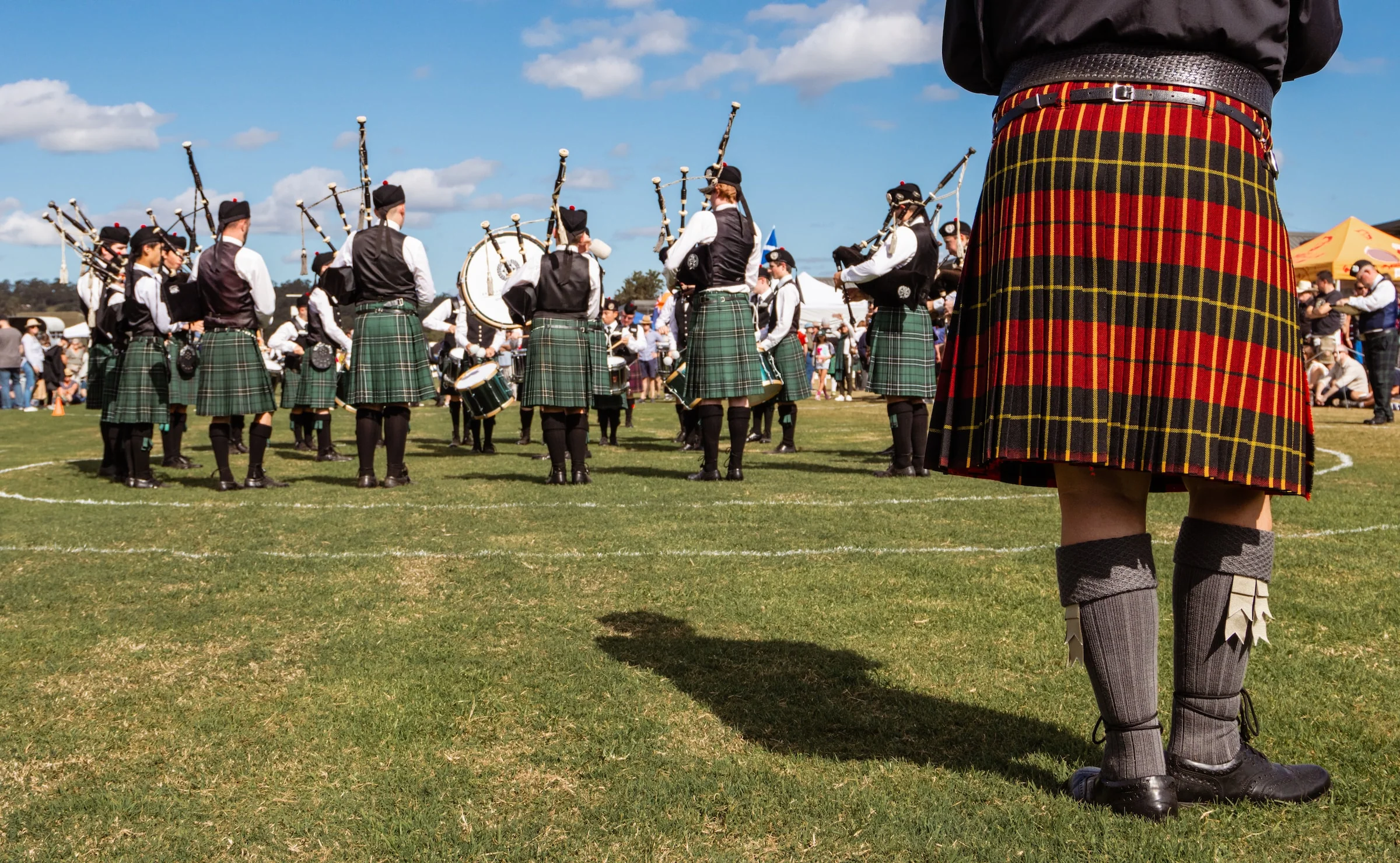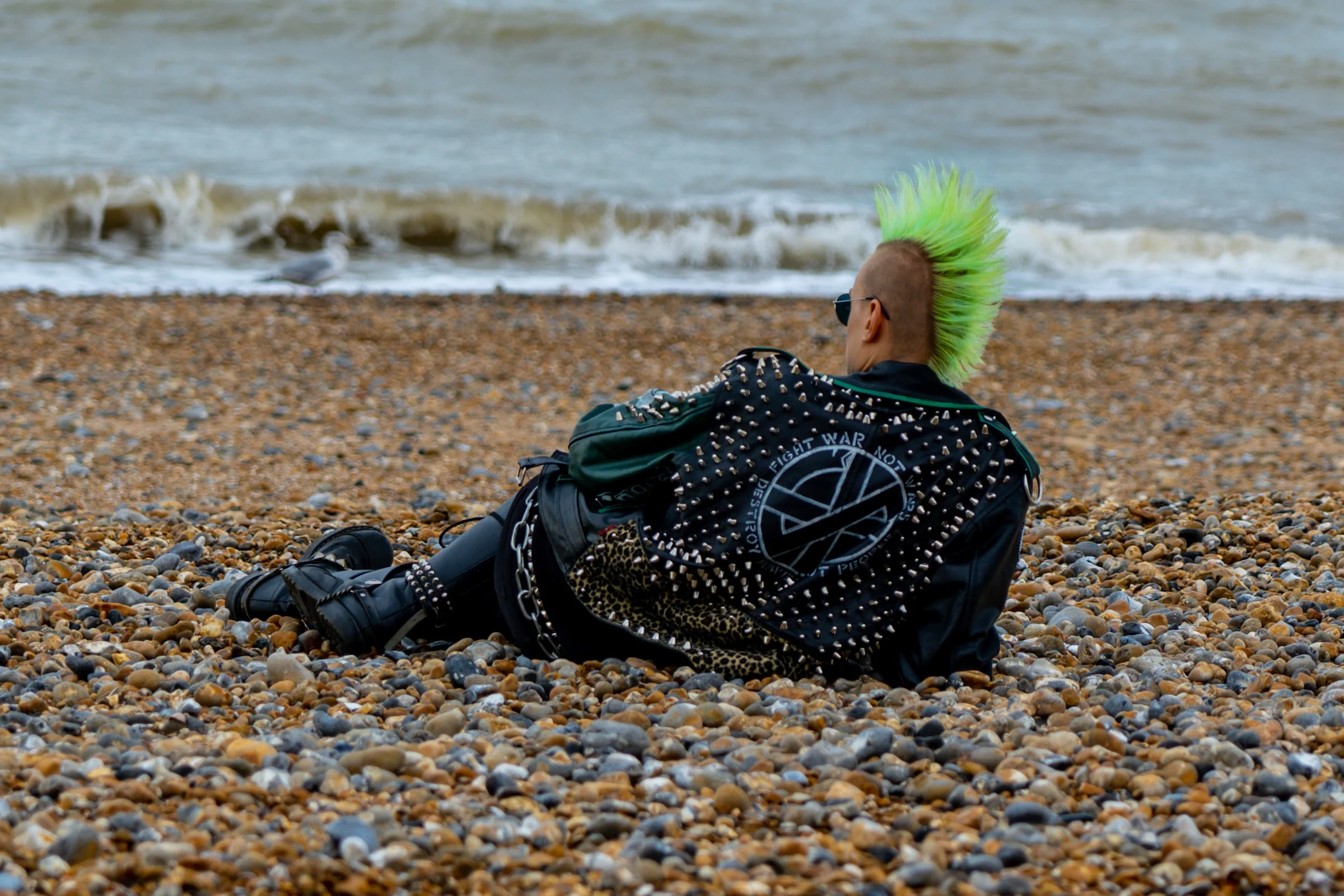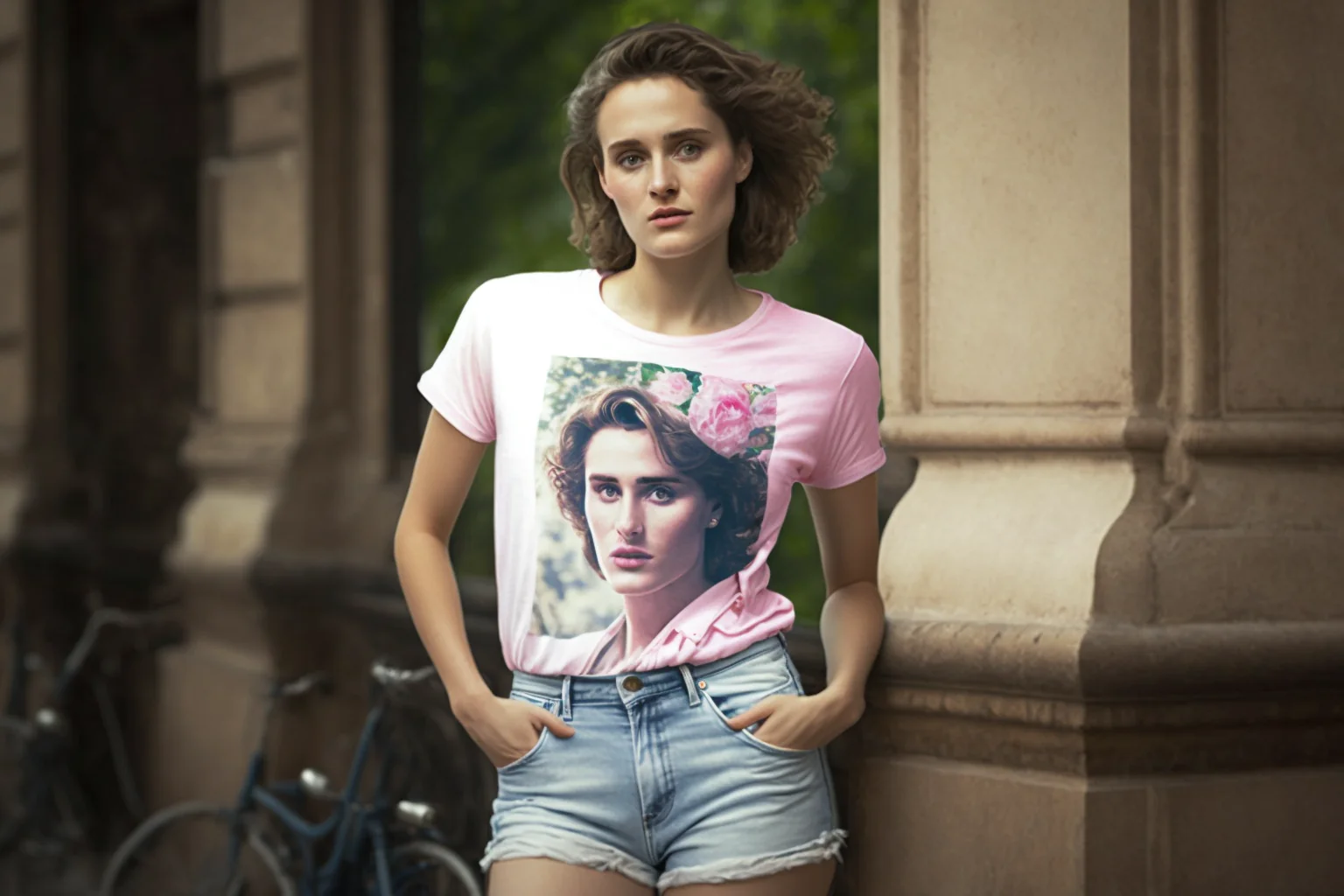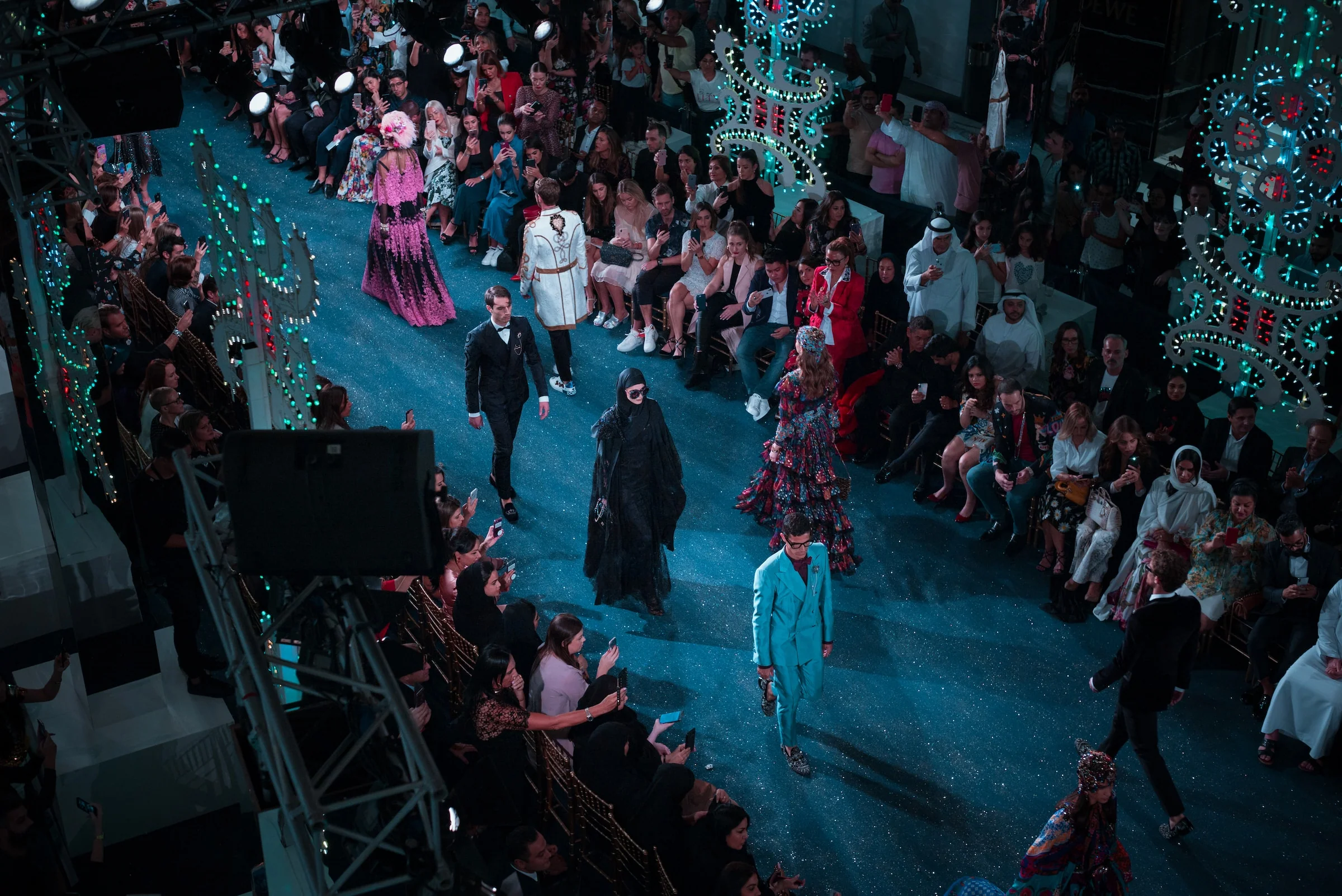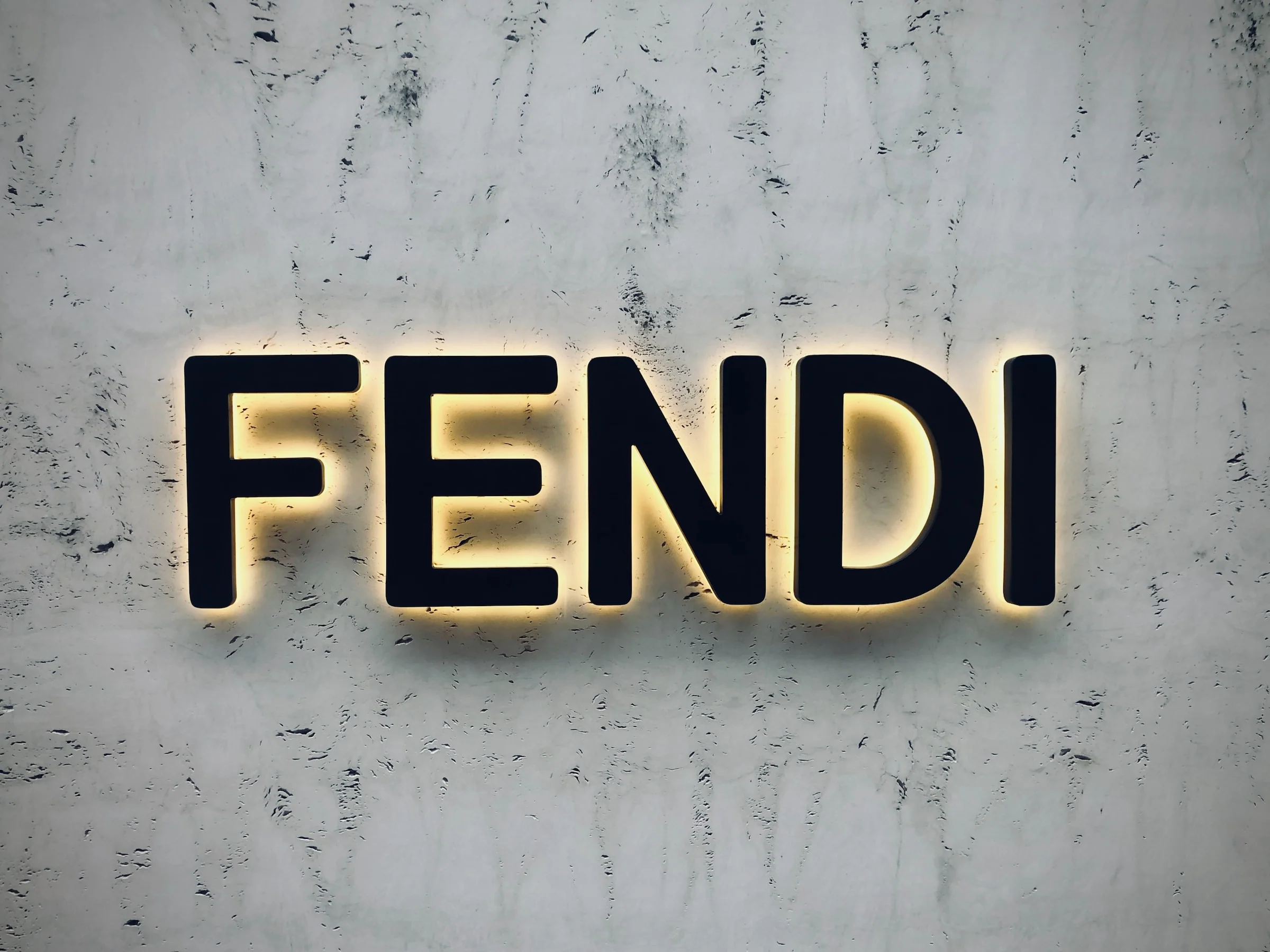What is a Vintage Font?
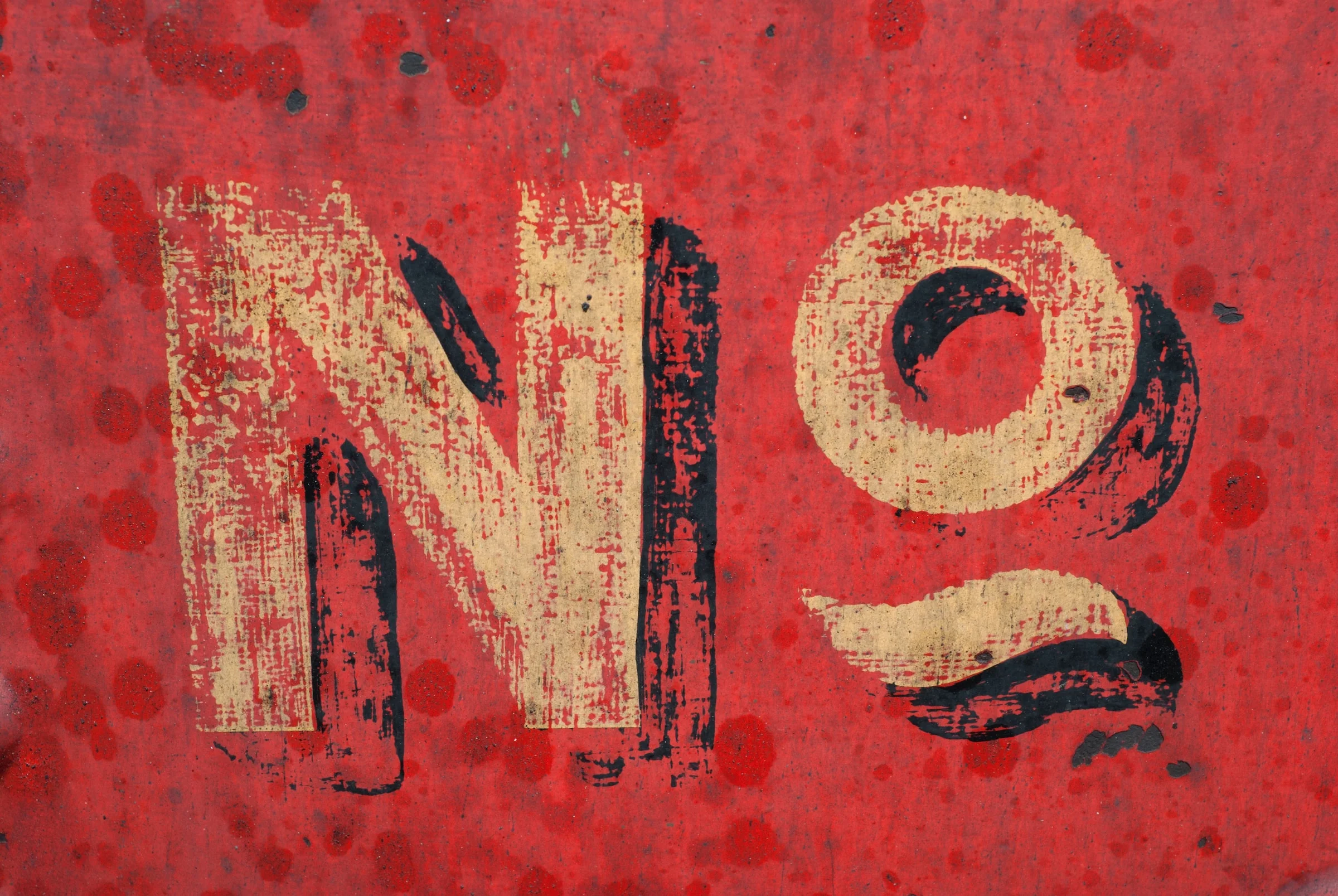
Vintage fonts are typefaces that were created to evoke a specific era or style from the past. They can be used in both digital and print media, such as logos, posters, flyers, and websites.
A vintage font typically has a distressed look with uneven lines and edges that make it appear aged. It often includes flourishes or decorations reminiscent of old-style typography like swashes and serifs.
Some popular examples include Bembo Book (inspired by 16th-century Italian printing) and Courier New (a modern interpretation of an 18th-century typewriter font). Vintage fonts may also have irregular spacing between characters for added visual interest.
What makes vintage fonts unique is their ability to transport you back in time without sacrificing legibility or readability. They offer a nostalgic feel while still being used for modern design projects – perfect for creating retro designs with an authentic touch. Vintage fonts come in all sorts of styles ranging from classic calligraphy to bold display types – there’s something for everyone!
Vintage fonts are also versatile enough to work across multiple mediums; they can easily be scaled up or down depending on where they’re used, whether it’s printed material or web pages. This means you don’t have to worry about having the right size font when working with them – just adjust accordingly. And because many vintage fonts are open source, anyone can use them freely without worrying about copyright infringement issues either.
If you want your project to stand out amongst the rest then choosing a unique vintage font could be just what you need. With so many options available there’s sure to be one that fits perfectly into your design scheme while still giving off those nostalgic vibes we all love so much.
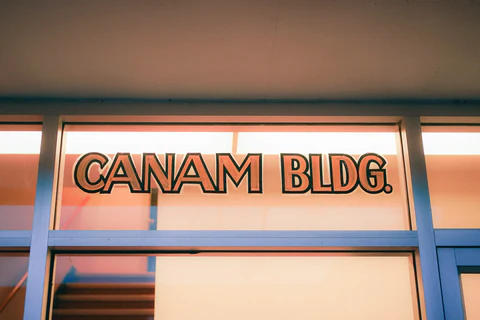
What is a Vintage Font and How To Identify One?
Vintage fonts are widely used in modern graphic design, often to evoke a feeling of nostalgia or classic style. But what exactly is a vintage font? A vintage font can be defined as any typeface that has been around for at least twenty years and has the appearance of an older typeface from either before World War II or the 1950s.
This includes both serif and sans-serif styles, although they tend to lean more towards the latter due to their simpler construction and popularity during this era.
The characteristics that define a vintage font include its geometric structure, which gives it a certain look; its wide x-height which makes it easier to read; as well as its thick stroke weight, which gives it more character than other fonts. They also usually have little variation between different letterforms – so no flourishes or decorative elements – giving them an overall minimalistic feel. Many vintage fonts feature angular strokes instead of rounded ones for further emphasis on their retro aesthetic.
When looking for a true vintage font you should take into account all these features: age (at least 20 years old), geometry (rectangular forms), x-height (wide), stroke weight (thick), and ornamentation(minimal). By keeping these elements in mind you’ll be able to identify if the font you’re considering is truly vintage or just another generic typeface with some added effects trying to pass itself off as one.
Best Vintage Fonts for Retro Logo Design
Designers seeking to create a vintage logo can choose from many font options that evoke nostalgia and an old-fashioned aesthetic. One of the most popular fonts used in retro designs is Helvetica Neue. This classic Swiss sans serif font has been around since 1957, and its modernized version remains one of the best choices for designers looking to add a touch of timelessness to their projects.
Another popular choice is Futura Bold, designed by German-type designer Paul Renner in 1927. It’s known as one of the most influential typefaces of the 20th century and features geometric shapes that make it perfect for creating logos with an antique feel. Meanwhile, Arial Black, which was created by Monotype Corporation in 1982, also offers a timeless style ideal for logo designs inspired by vintage themes. Its bold lettering gives off a strong yet elegant vibe that will bring any project back to decades past.
Baskerville Old Face is another great option when trying to achieve a classic look through typography design. Originally released in 1757 by John Baskerville himself, this serif font comes with some unique features such as high contrast between thick and thin strokes along with curved edges which give it an unmistakable air of sophistication–perfect for any logo intended to capture attention while still maintaining traditional vibes.
The Importance of Vintage Style Typography in Design
Vintage style typography has been gaining traction in recent years, particularly amongst the design community. Designers have come to recognize its power and influence as an effective communication tool that can be used to create a distinctive aesthetic for any given project. Vintage fonts are often characterized by ornate or intricate details which help to add a sense of nostalgia and history to any design. These fonts typically feature unique elements such as serifs, swashes, flourishes, shading, and drop shadows which are used to evoke feelings of familiarity with viewers who may associate them with past eras or styles.
In addition to their visual appeal, vintage font designs also offer practical advantages for designers looking for ways to stand out from the crowd.
By incorporating vintage typefaces into a project’s branding or identity system, it is possible to create a memorable look that will capture attention and make an impact on customers or viewers alike.
Vintage typography can also act as a powerful storytelling device when used alongside illustrations or photographs in order to convey emotions like joyfulness, warmth, and whimsy – all important qualities when designing products intended for mass consumption.
Designers should not underestimate the importance of choosing the right vintage font family for their projects.
This selection process is critical because certain typeface characteristics like stroke weight and x-height need to be carefully considered in order to ensure maximum legibility at different sizes while still maintaining characterful charm.
Creating a Vintage Logo with the Right Design Style
Creating a vintage logo requires more than just selecting a font. A designer needs to consider the overall design style, colors, and symbols in order to create an effective vintage logo.
When designing with a vintage font, one of the most important factors is ensuring that it looks authentic to the era. A good way to do this is by using thin and ornamental fonts from the Art Deco or Art Nouveau periods. These fonts often have geometric shapes such as circles or curves, giving them an elegant yet classic feel that fits well with many different eras of history. These typefaces can be combined with other elements like grunge textures for an even more distinctive look.
Designers should also think about how their choice of color palette will contribute to creating a truly unique and eye-catching logo design. Colors like muted greens or browns are great choices when creating logos inspired by past times while bright hues such as reds and yellows can help give them some modern flair too. Ultimately though it’s up to each individual designer’s creative vision on how they want their logo to look – so don’t be afraid to experiment!
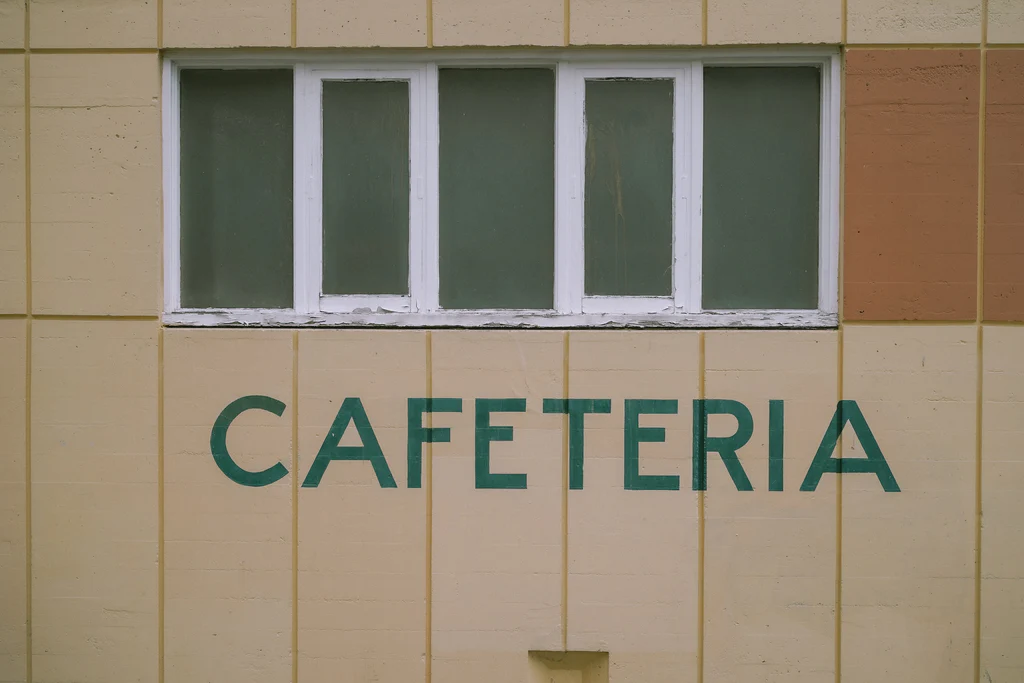
Choosing the Perfect Retro Typeface: Cursive or Serif?
When it comes to finding the perfect vintage font, many designers are faced with a difficult decision: whether to opt for a cursive or serif typeface. Cursive fonts can evoke feelings of nostalgia and romance, while serifs provide an elegant yet classic look. To make the right choice between these two retro-style typefaces, consider how each style will fit in with your overall design aesthetic.
Cursive fonts offer an incredibly detailed appearance that can add personality and charm to any project. These intricate designs are highly customizable and often feature swooping lines that give them their distinctive look. With their organic curves and natural feel, they’re ideal for adding a touch of whimsy to logos or branding materials. While some people might find cursive letters difficult to read if used sparingly this shouldn’t be an issue when used in projects like website headers or posters where legibility isn’t as important as visual appeal.
Serif fonts have been around since the 15th century, but still, remain popular today due to their timeless elegance and traditional vibe. Often featuring straight lines with slight embellishments at the edges of characters – known as ‘serifs’ – these typefaces bring sophistication and character without being overly ornate or distracting from other elements on page layouts or websites. If you want something more contemporary than cursive but don’t want anything too plain either then serif is likely your best bet – its versatility makes it suitable for everything from business cards to print advertisements.
By considering both options carefully before making a selection you should be able to choose the perfect vintage font that perfectly fits your project’s needs – so why not give them both a try?
Should You Use Retro Fonts and Vintage Designs for Your Business?
When it comes to creating a unique brand identity, vintage fonts, and retro designs can be a great choice. They provide an interesting visual appeal that can set your business apart from the competition. Vintage fonts and designs are often seen as timeless classics, with the potential to evoke nostalgia or give customers a feeling of familiarity with your company’s branding. Incorporating vintage-style elements into your logo design or website can make you stand out from more contemporary competitors in your industry.
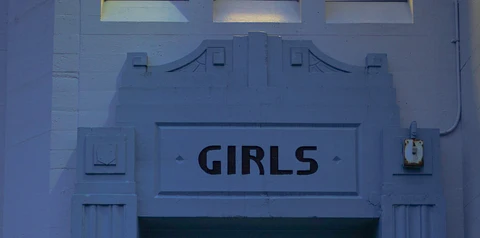
However, if used incorrectly these styles may not only fail to help distinguish you but also give off an outdated impression of your business. It is important to consider how such classic aesthetics could fit into modern trends without looking too old-fashioned or kitschy; this might mean subtly introducing them rather than relying heavily on them for the entire design scheme of your website or other materials.
For example, using traditional serif typefaces like Baskerville combined with sleek sans serif font families like Arial could create an effective balance between old and new – while still making use of nostalgic visuals where appropriate.
It’s worth bearing in mind that while classic style may work well for certain businesses such as restaurants or hotels which seek to conjure up memories of past eras, some industries might benefit more from cutting-edge technology and current trends instead – so take care when deciding whether vintage is right for you.
Is Retro Important for Fashion Brands?
Fashion brands that want to stand out from the competition need to find ways to differentiate themselves. A great way for them to do this is through a vintage font. Retro fonts are an effective tool for creating a unique, stylish look that will draw attention and set the brand apart from its peers.
Retro fonts can be used in all aspects of fashion branding – including logo design, packaging, marketing materials, website design, and more. They have a nostalgic quality that appeals to many consumers as it reminds them of past trends or styles they grew up with. This can help create an emotional connection between the consumer and the brand which can lead to increased sales and loyalty over time.
In addition to being aesthetically pleasing, retro fonts also provide practical benefits for fashion brands such as versatility across different mediums like print or digital; scalability so logos don’t appear distorted when resized; legibility so customers can easily read text on products; compatibility with other software programs; and affordability compared with custom-made typefaces. All these advantages make retro fonts an attractive option for fashion labels looking for something special but not overly expensive.
In Brief
In conclusion, the best vintage fonts capture that groovy, nostalgic, and timeless feel we all adore, effortlessly bringing a retro touch to any creative project. With a font collection boasting everything from bold, uppercase, and lowercase glyphs to attractive vintage serifs, you’ll be spoilt for choice. So, whether you’re looking for a font duo that harks back to the 70s, a vintage serif design, or a classic handwriting script, there’s a perfect font for you.
It’s a well-known fact that the right font can make or break a design, so why not take a closer look at some of the best vintage fonts for retro-style logo designs and more? With a stunning array of stylistic alternates, vintage aesthetics, and stencil options, you’ll be able to craft the ideal vintage look for your brand.
And if you’re after a font that’s easy to read and versatile enough for wedding invitations, apparel, or even social media posts, you’ll find it in the font selection. Some of these great retro fonts even feature swirly handwriting and glyphs that can become the focal point of your design, grabbing attention and sparking interest. With 5 different types of vintage fonts available, you can create a retro or vintage appeal that will truly stand out. But be mindful, some font styles might not suit every occasion, so it’s best to choose wisely.

At the end of the day, there’s no denying the irresistible charm of vintage-themed designs. The best vintage fonts can evoke a sense of nostalgia, while also breathing new life into your creative projects. So, if you want a vintage touch that will make a statement and leave a lasting impression, don’t hesitate to explore this fantastic collection. In doing so, you’ll not only add flair to your work but also showcase the timeless beauty associated with the past. Happy designing!
Common Questions
What makes a font “vintage” and why should I use one in my logo design?
Well, a vintage font is a typeface that exudes a retro vibe, inspired by styles from the past. Using one of these attractive vintage fonts in your logo design can create an instant appeal of nostalgia and make your brand stand out. So, if you’re after that timeless, handcrafted feel, a vintage font might just be the perfect choice to give your logo a unique twist.
How do I pick the best vintage font for my project?
It’s all about finding the right fit! Consider the message and style you want to convey, then explore a variety of vintage fonts, from bold display fonts to swirly handwriting scripts. Keep an eye out for a font that gives your design the right mix of modern and vintage, and remember, it’s best suited for projects that aim to evoke a sense of nostalgia or incorporate vintage lettering.
Where can I find the best vintage fonts to use in my designs?
Ah, the hunt for the perfect typeface! Your best bet is to browse through online font repositories and design blogs, which often showcase top picks for vintage fonts. Be sure to look for fonts with different styles, like script font inspired by retro design, or a bold font with a modern vintage twist. Don’t forget to test various fonts to see how they can become the focal point of your design and grab attention, creating visual interest that complements your overall aesthetic.

